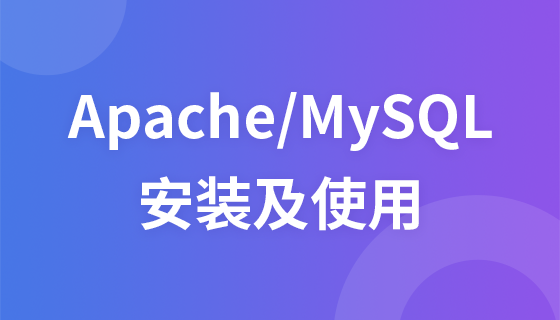JavaScript继承通过原型链和class实现,原型链继承共享引用导致问题,组合继承解决属性独立与方法复用,class语法更简洁但基于原型,寄生组合继承最优。

JavaScript 实现继承的方式主要依赖于原型链和 ES6 引入的 class 语法。虽然 class 看起来像传统面向对象语言的类继承,但底层依然基于原型机制。下面详细说明两种方式的实现原理与使用方法。
JavaScript 中每个函数都有一个 prototype 属性,指向一个对象,该对象包含可以被实例共享的属性和方法。通过将子构造函数的原型指向父构造函数的实例,可以实现继承。
注意:这种方式无法向父类构造函数传参,且所有实例共享引用类型属性。基本实现:
function Parent() {
this.name = 'parent';
this.colors = ['red', 'blue'];
}
Parent.prototype.getName = function() {
return this.name;
};
function Child() {
this.type = 'child';
}
// 继承父类
Child.prototype = new Parent();
const c1 = new Child();
c1.colors.push('green');
const c2 = new Child();
console.log(c2.colors); // ['red', 'blue', 'green'] —— 共享问题
这种写法的问题在于,所有 Child 实例共享同一个 Parent 实例,导致引用类型数据被共用。
立即学习“Java免费学习笔记(深入)”;
为解决原型链继承的问题,常用“组合继承”:在子类构造函数中调用父类构造函数,并结合原型链。
实现方式:
function Parent(name) {
this.name = name;
this.colors = ['red', 'blue'];
}
Parent.prototype.getName = function() {
return this.name;
};
function Child(name, age) {
// 调用父类构造函数
Parent.call(this, name);
this.age = age;
}
// 建立原型链
Child.prototype = Object.create(Parent.prototype);
Child.prototype.constructor = Child;
const c1 = new Child('Tom', 12);
c1.colors.push('green');
const c2 = new Child('Jerry', 10);
console.log(c1.getName()); // 'Tom'
console.log(c2.colors); // ['red', 'blue'] —— 不受影响
这样既保证了实例属性独立,又实现了方法复用,是较为推荐的传统继承方式。
ES6 引入了 class 和 extends 关键字,让继承写法更直观,但本质仍是基于原型。
使用示例:
class Parent {
constructor(name) {
this.name = name;
this.colors = ['red', 'blue'];
}
getName() {
return this.name;
}
}
class Child extends Parent {
constructor(name, age) {
super(name); // 必须调用 super()
this.age = age;
}
getAge() {
return this.age;
}
}
const c1 = new Child('Alice', 15);
c1.colors.push('yellow');
const c2 = new Child('Bob', 14);
console.log(c1.getName()); // 'Alice'
console.log(c2.colors); // ['red', 'blue'] —— 独立
class 继承自动处理原型链连接,super() 调用父类构造函数,语法简洁且不易出错。
最优化的传统继承模式是“寄生组合继承”,它避免了组合继承中父类构造函数被调用两次的问题。
手动实现:
function inheritPrototype(Child, Parent) {
const proto = Object.create(Parent.prototype);
proto.constructor = Child;
Child.prototype = proto;
}
function Parent(name) {
this.name = name;
}
function Child(name, age) {
Parent.call(this, name);
this.age = age;
}
inheritPrototype(Child, Parent);
Child.prototype.getAge = function() {
return this.age;
};
这种方式高效且语义清晰,是许多库内部实现继承的方法。
基本上就这些。理解原型链是掌握 JavaScript 继承的关键,而 class 则提供了更友好的封装。无论使用哪种方式,核心逻辑都围绕着原型查找机制展开。
以上就是JavaScript如何实现继承_JavaScript原型链与class继承实现方法详解的详细内容,更多请关注php中文网其它相关文章!

每个人都需要一台速度更快、更稳定的 PC。随着时间的推移,垃圾文件、旧注册表数据和不必要的后台进程会占用资源并降低性能。幸运的是,许多工具可以让 Windows 保持平稳运行。




Copyright 2014-2025 https://www.php.cn/ All Rights Reserved | php.cn | 湘ICP备2023035733号